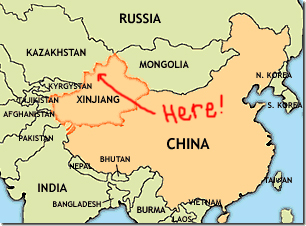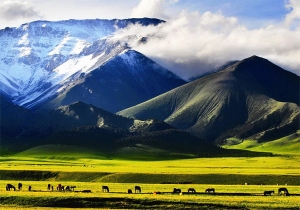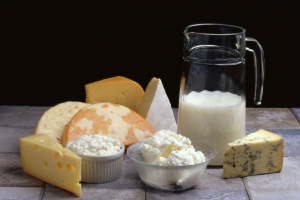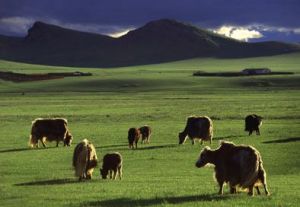First of all: I’ve got some bad news, folks.
I just learned from a highly reliable source that I am not a “private blogger,” but rather, “very likely a large scale underground defamation campaign against Dr.Campbell.” As a result, all mention of my critique—AKA the Minger Scam—has been yanked from Wikipedia’s “The China Study” page by a vegan editor there. The rationale is as follows:
Just tell me, which “private fun blogger” is able, aside of her alleged full time work and study of “English literature”, to write 36 pages of scientific responses to a professor?!! And again and again??? Either “she” is some sort of very mighty – and very mad and crazy and hate filled – genius, which in itself would be something extremely rare and highly unlikely (really, why would a pretty young girl have so much reason for such a giant ordeal, fight, all that massive work, all that hate???) … Or “she” is in reality another underground [campaign].
Whoops—my bad! I forgot females aren’t supposed to think or write stuff; we’re here to take Home Ec and vacuum in stilettos and learn how to become Good Wives:

On behalf of Minger Scam, Inc., I apologize for any inconvenience we may have caused. 😉
Now onto business.
I’ve got graphs, graphs, graphs galore, but they aren’t really relevant to the upcoming wheat post, so I’m plopping them here instead. In my first China Study critique, I looked at some mortality differences between the five counties that ate the most animal foods and the five counties that ate the least. Here, I’m doing something similar—except this time I’ll be comparing the counties with the super-highest and ultra-lowest heart disease rates and seeing what they do differently in terms of diet.
One of the incredible things about China is the vast difference in heart disease mortality between regions. One county, Fusui, has only 1.5 per 100,000 deaths attributable to heart disease—whereas another county, Dunhuang, has a whoppin’ 184. That’s even more than the US’s figure of 106.
In case graphs freak you out, here’s a summary of what’s below:
- The healthy-hearted regions almost universally had higher intakes of animal fat, animal protein, dietary cholesterol, and saturated fat than the heart-disease-prone regions.
- The healthier regions generally had lower intakes of fiber, light-colored vegetables, plant protein, vegetable oil, and—big surprise—wheat flour.
- Consumption of green vegetables didn’t differ significantly between the high and low heart disease regions. Neither did smoking rates, total cholesterol, or non-HDL cholesterol, although HDL cholesterol looks slightly higher in the regions with excellent heart health.
Does this “prove” anything about diet and heart disease? Nope—there’s the curse of epidemiology again. But we can make the observation that some regions in China exhibited astonishingly low rates of heart disease while eating more animal foods than the Chinese average. And the county with the absolute lowest consumption of animal foods, Longxian, had the second highest rate of heart disease mortality out of all the counties studied. (For the record, I used the China Study II data for this, all of which is available online.) (more…)









